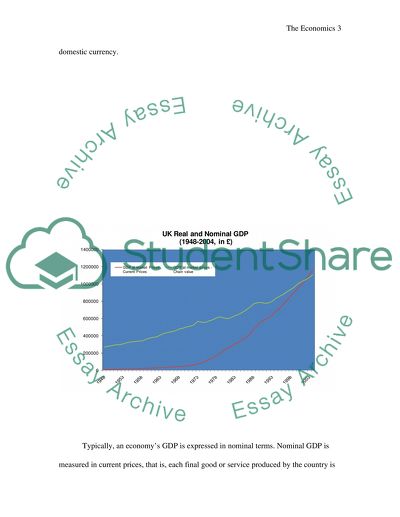Cite this document
(The Economics Of Gross Domestic Product Case Study, n.d.)
The Economics Of Gross Domestic Product Case Study. Retrieved from https://studentshare.org/macro-microeconomics/1517605-gross-domestic-product-master-essay
The Economics Of Gross Domestic Product Case Study. Retrieved from https://studentshare.org/macro-microeconomics/1517605-gross-domestic-product-master-essay
(The Economics Of Gross Domestic Product Case Study)
The Economics Of Gross Domestic Product Case Study. https://studentshare.org/macro-microeconomics/1517605-gross-domestic-product-master-essay.
The Economics Of Gross Domestic Product Case Study. https://studentshare.org/macro-microeconomics/1517605-gross-domestic-product-master-essay.
“The Economics Of Gross Domestic Product Case Study”, n.d. https://studentshare.org/macro-microeconomics/1517605-gross-domestic-product-master-essay.


